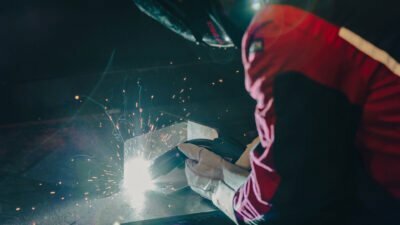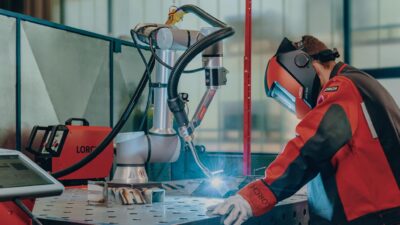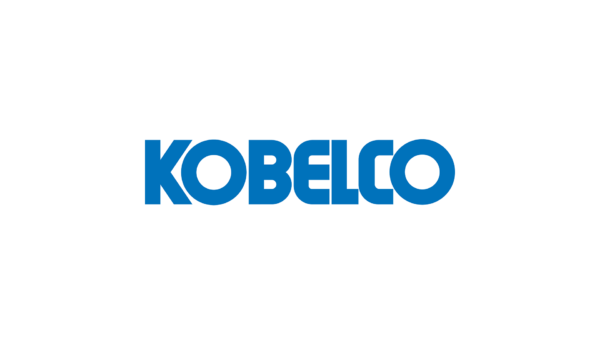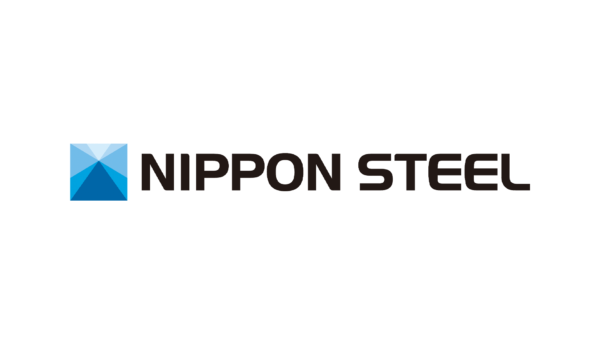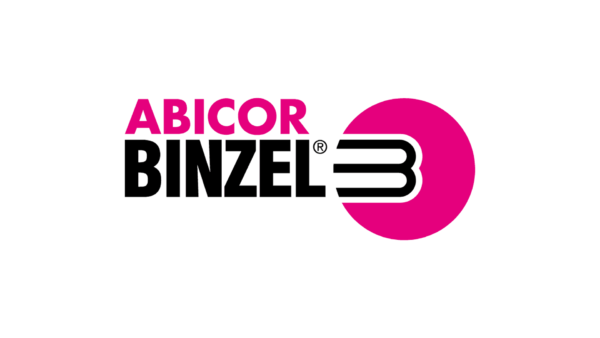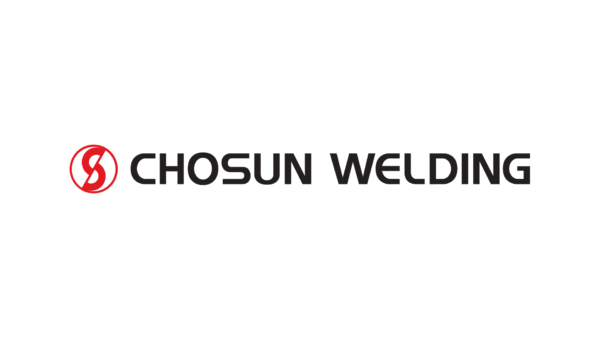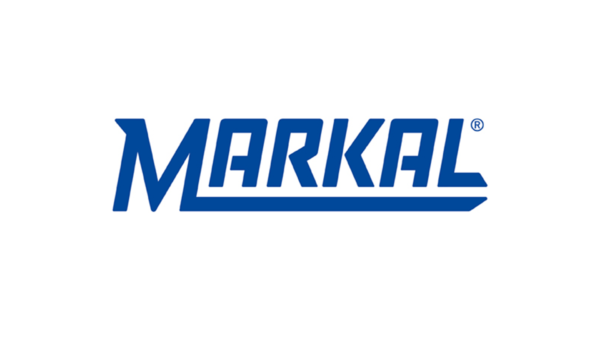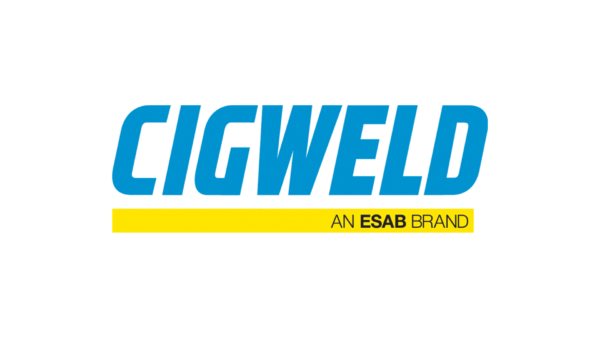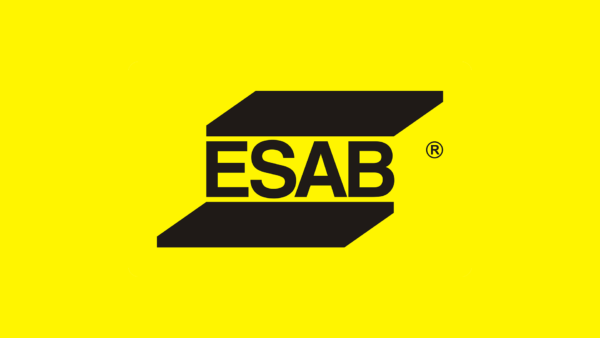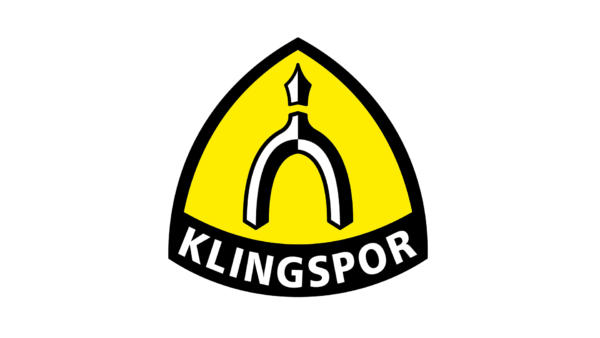It’s impossible to predict how long the impact of the pandemic will be felt and how effective global interventions have been. However, one thing is for sure, history shows the pandemic and the recession which follows will bring rapid, fundamental changes in the way our businesses operate. So, batten down the hatches while we ride this out – but equally importantly, keep an eye on the bigger picture and plan for change.
Bigger Picture – for Management
There are many commentaries around the pandemic, recession, possible consequences for businesses, how to survive. Facts are preferable to opinions; here are some we think are particularly relevant.
1. A Harvard Business School report in 2010 studied the performances of 4,700 public US companies before, during, and after three previous recessions. 17% didn’t survive and 80% of the surviving companies had not recovered to their pre-recession sales and profits three years after a recession. Only 9% of companies thrived. How did they do it?
“These companies reduce costs selectively by focusing more on operational efficiency than their rivals do, even as they invest relatively comprehensively in the future by spending on marketing, R&D, and new assets”. Read the full report here: https://hbr.org/2010/03/roaring-out-of-recession
2. A number of studies have shown that since the 1980s, recessions have triggered bursts of digital technology and automation uptake in industry, (It’s a cyclical relationship which seems to be accelerating as technologies continue to advance). It is thought there are several reasons why this happens;
- Improved data analytics can help managers have a clearer picture of what is happening in the business and where potential improvements can be made;
- Digital technology is used to help cut costs, e.g. monitor production real-time, identify problems early, and ensure labour efficiency;
- IT investments make companies more agile and therefore better able to handle the uncertainty and rapid change that come with a recession.
- Automation. Even before the pandemic hit, a UK Office for National Statistics study estimated around 1.5 million British jobs were at high risk from automation. Surveyed again since the pandemic began and 4 in 10 companies stating they’re bringing forward their plans for automation. Lower automation costs are fundamentally changing discussions about when and how to use automation in manufacturing and fabrication.
3. Globally, increasing investment in digital technologies hasn’t shown as much increase in productivity as you might expect. It varies significantly across industry types and countries, although this is expected to improve as large investments in the new technologies are bedded in and utilised to their optimum. (McKinsey Report 2018). In another study by McKinsey, lack of management and/or technical capability to execute investments and fear of technological obsolescence were key barriers to UK companies investing in all new technological opportunities. There are a lot of unknowns.
To be adopted at scale, digital technologies and automation must be clearly understood, economically viable, and acceptable in the workplace, not just technically feasible. Being an early adopter of new technology is financially risky, however, lagging behind the competition equally so.
So, what to do?
- Keep an eye on the bigger picture, stay informed as to what new technology options are available.
- Analyze your business, where the potential productivity gains are to be made, and where the cost/benefit ratios lie in all areas, not just the shop floor. How would they fit together? Manufacturing improvements can work like compound interest – small changes made regularly build on one another and accumulate improvements in efficiency if implemented as part of an overall plan. Digitization of data may be the backbone of Industry 4.0 – but to work for you it must be collated methodically, analyzed, and acted upon effectively and efficiently.
- Research, plan, and look for technologies that are adaptable and upgradeable as new advances are made.
If you’re interested in discussing how this could apply to your welding operation, call Derek on 09 634 1949 or 021 546 546.
Batten Down the Hatches
Cashflow is king. Now more than ever, your workshop operation needs to be as efficient as possible to maximise your production while minimising your costs.
The Golden Rule from The Welding Institute (TWI) in UK sums it up best:
To minimise cost in welding, deposit the minimum amount of the highest quality of weld metal with the largest gauge of wire at the highest current in the shortest time.
Best case scenario: using Nippon Steel seamless metal cored wire with a LORCH MicorMIG welding machine trials show gains in travel speed of 30-40% over solid wire, 25-27% gain over the best seamless flux cored wire. With minimal spatter reducing clean up time and minimal flaws avoiding extra re-work time.
It seems counter-intuitive to spend more when times are tough but the reality is becoming more efficient is the best way to survive. Switching to a better quality wire for maximum efficiency is a good place to start.
Save money where it really counts – your labour costs – and make time work for you by getting the most out of your workshop production.
Total Welding Costs Breakdown
GAS – Making a 10% saving here will only save 0.3% of total costs.
LABOUR – Making a 10% saving here will save 8% of total welding costs.


